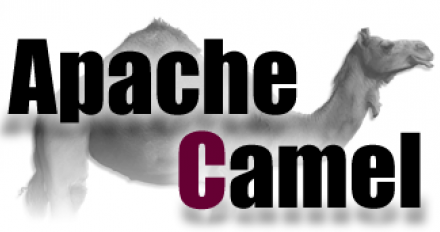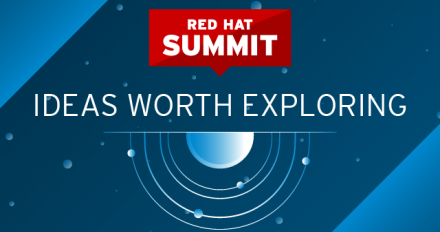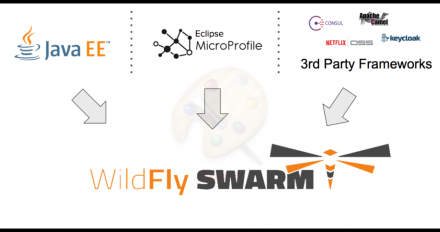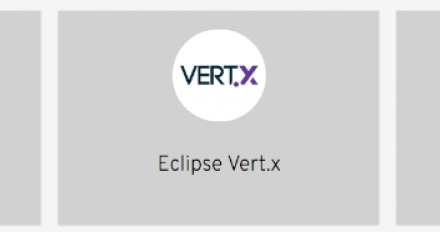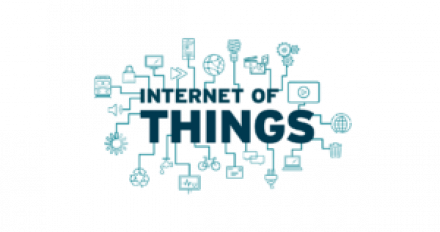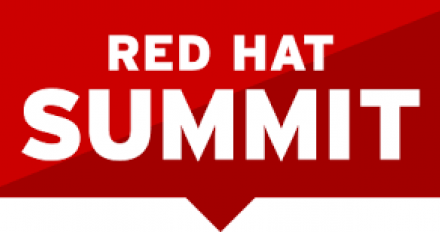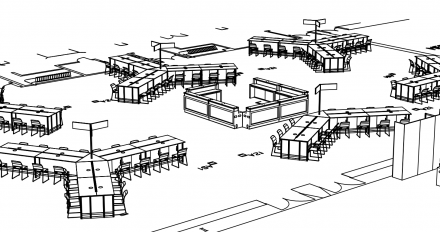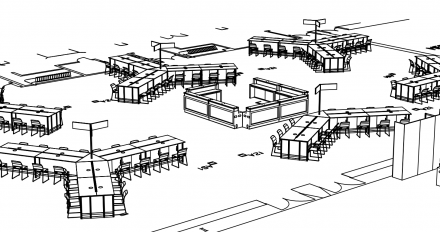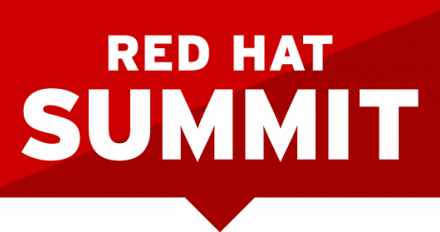
Red Hat Summit 2018: Speakers on the forefront of Cloud-Native application development
May 8th - 10th, Red Hat Summit 2018, San Francisco, See, hear, and meet speakers working on the forefront of cloud-native development. Some are core developers for Red Hat products or upstream open source projects. Some have published books. Others are working directly with developers at Red Hat customer sites.
